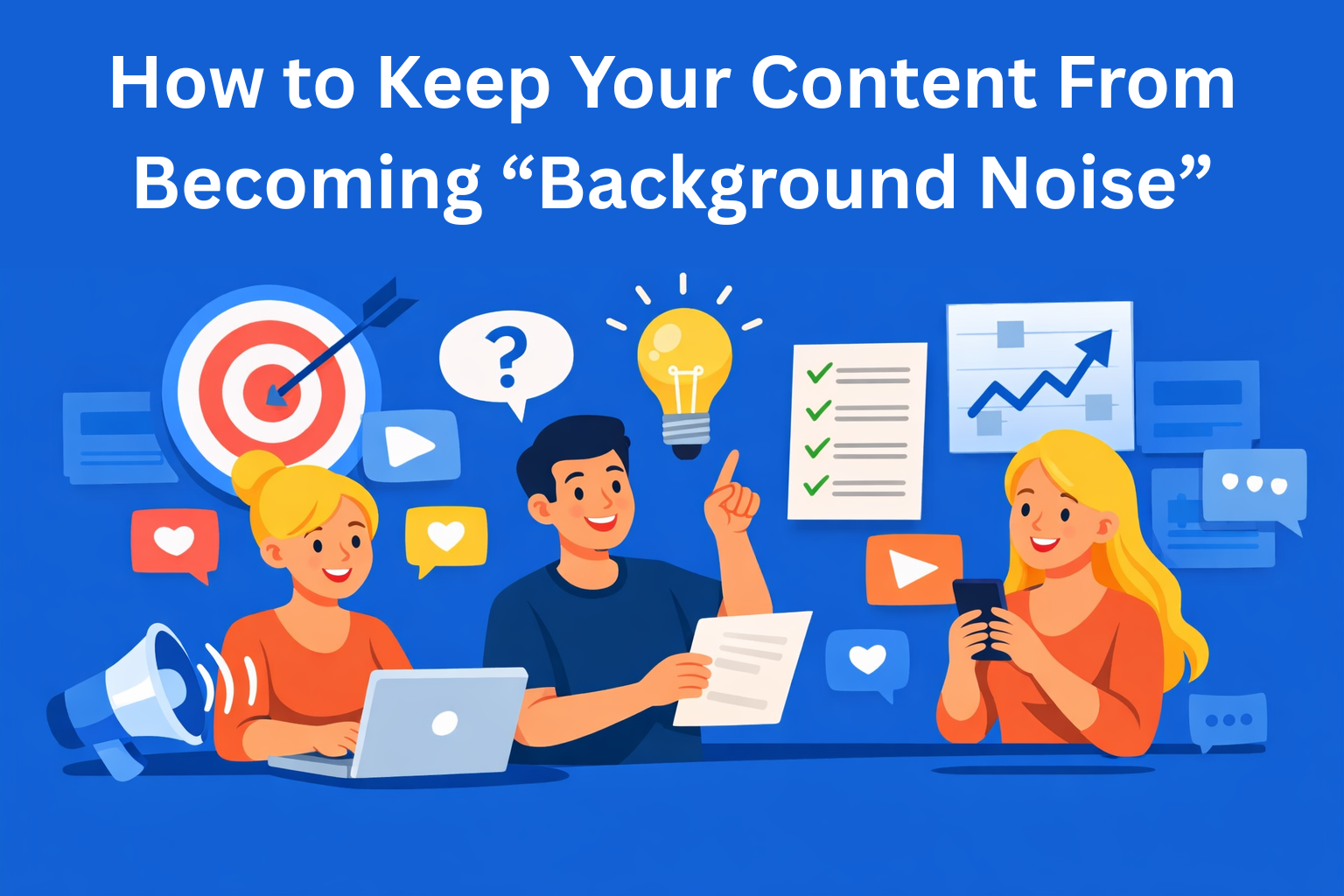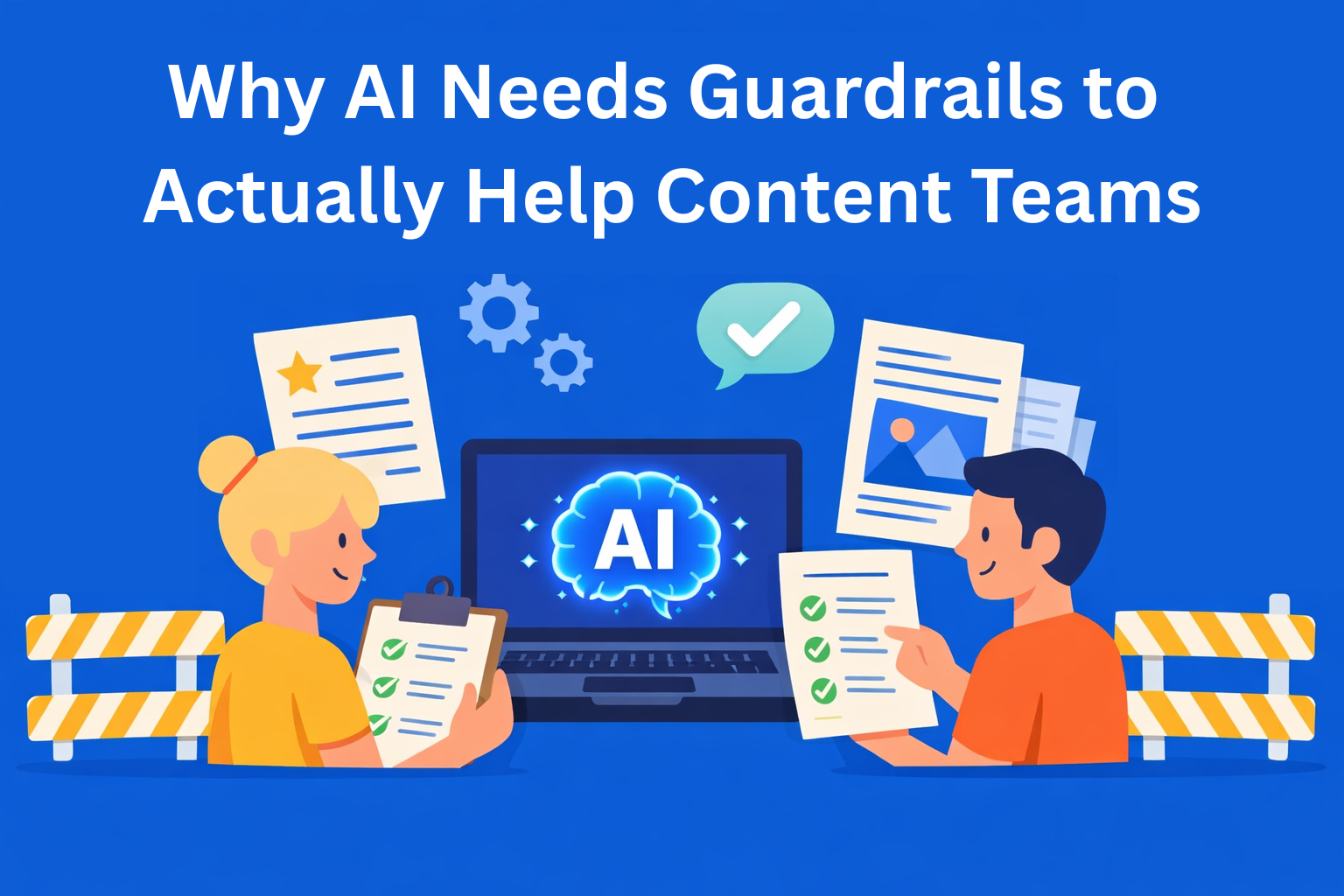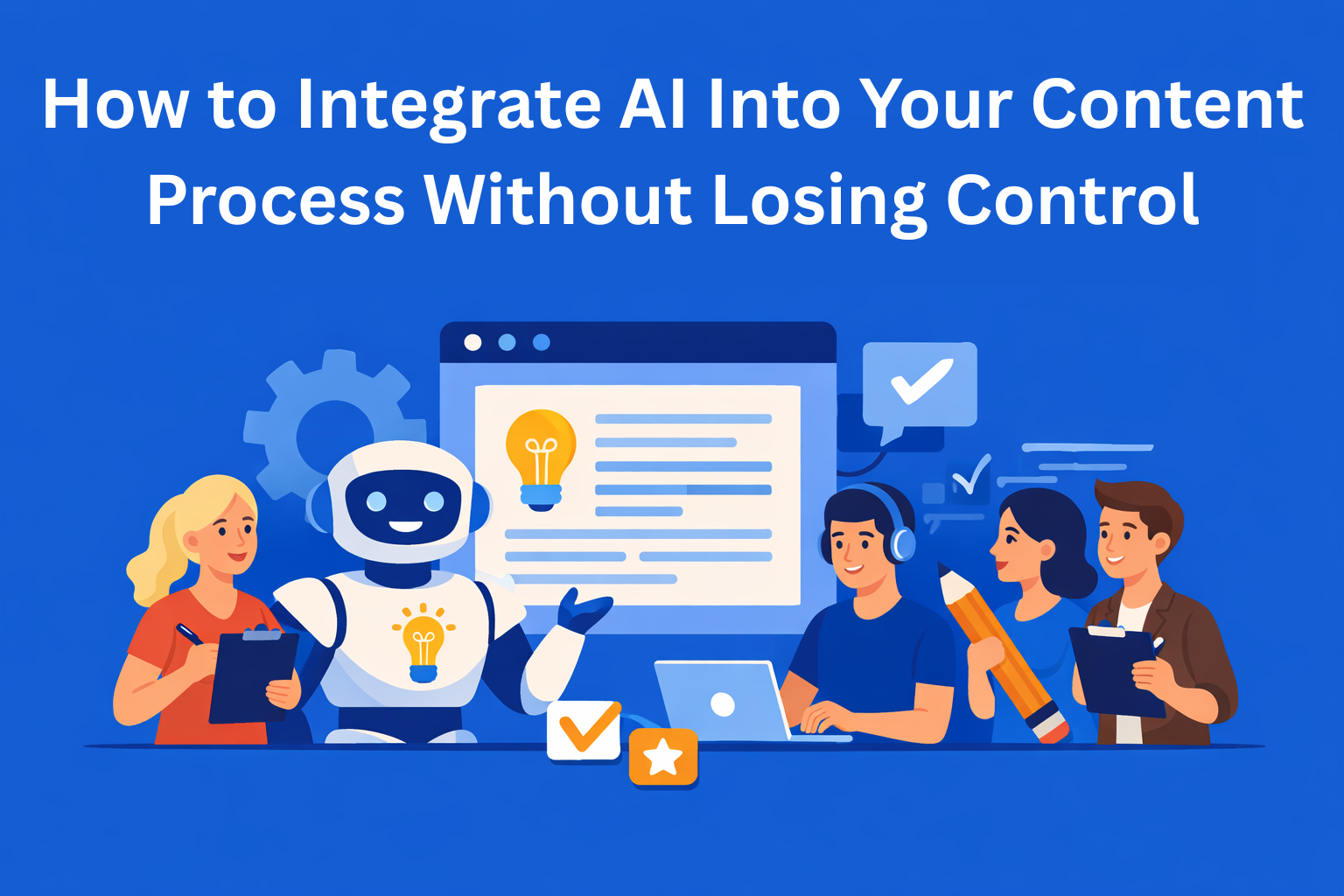What is Bounce Rate? A Beginner-Friendly Guide
Bounce rate shows how many visitors leave your site after one page. Learn what bounce rate means, why it matters for SEO, common reasons it’s high, and simple steps to lower it and keep users engaged.

When we talk about digital marketing and tracking the success of a website, we often come across the term bounce rate. At first glance, it might sound complicated, but it’s actually a very simple concept. Bounce rate helps you understand how interested your visitors are in what you offer and how well your website is meeting their needs. Let’s break this down into simple parts so it’s clear even to those who have never heard of this term before.
Key Takeaways
- Bounce rate = % of visitors who leave after viewing one page - it's a measure of engagement and how well your site holds attention.
- High bounce rate isn’t always bad - it depends on your goals and website type (e.g. blogs usually have higher bounce rates).
- Top causes of high bounce rate - slow loading, poor mobile experience, confusing layout, and misleading content.
- Improve bounce rate by enhancing UX - better content, faster speed, internal linking, CTAs, and mobile optimization all help.
- Use tools like GA4 and Hotjar - track user behavior, engaged sessions, and spot where visitors drop off.
What Exactly is Bounce Rate?
Bounce rate is the percentage of people who come to your website and immediately leave without clicking on anything else. In other words, they open one page and then close the window, go to another site, or return to Google. This is a sign that they didn’t find what they were looking for, or that the content didn’t motivate them to continue exploring.
The formula looks like this:
For example, if 100 people visit your website, and 60 of them only view one page and then leave, the bounce rate will be 60%. The higher the number, the more people leave without interacting.
Why is Bounce Rate Important?
Bounce rate is important because it shows whether your website is “doing its job.” If visitors leave right away, maybe they didn’t find what they needed or the experience on your site was poor. Google also considers bounce rate as one of the factors in ranking. If people leave quickly, it can mean the content is not relevant, and your site might rank lower in search results.
Simply put - the lower the bounce rate, the better your content is at keeping people engaged and motivating them to click further.
What is a “Good” Bounce Rate?
There is no universal rule because it depends on the type of website. Here are a few examples:
- Blogs and media websites: Often have a higher bounce rate (60%-80%) because people come, read one article, and leave. This is not necessarily bad.
- E-commerce websites: Expected to have a lower bounce rate (20%-40%), since the goal is for visitors to browse products and add them to the cart.
- Landing pages: It depends on the goal. If the goal is for someone to fill out a form and then close the page, the bounce rate may be high, but it still counts as success.
So, a “good” bounce rate depends on your goals and the industry you’re in.
The Most Common Reasons for a High Bounce Rate
There are several reasons why people leave a website after only one page:
- Slow page loading - If your page takes more than a few seconds to load, many visitors will give up.
- Poor user experience (UX/UI) - If the site is confusing, the text is too small, or the page is cluttered with ads, people won’t stay.
- Content mismatch - For example, if the title promises useful diet tips, but the page only shows ads for products, visitors will leave immediately because they didn’t get what they expected.
- Aggressive pop-ups - If you bombard visitors with too many ads and pop-ups, they will likely leave right away.
- Poor mobile optimization - Since more and more people browse on their phones, if the page is not mobile-friendly, visitors will leave quickly.
How to Reduce Bounce Rate?
The good news is that you can improve your bounce rate with a few practical steps:
- Optimize your site speed - Fast loading is key. Use optimized images and reliable hosting.
- Improve content - The content must be useful, clear, and interesting. If visitors find what they are looking for, they will stay longer.
- Add clear CTAs (calls to action) - Instead of letting users just read an article and leave, offer them a button for the next step (e.g. “Read the next article,” “Check out our products”).
- Internal linking - Connect pages on your website so visitors can easily find more information.
- Mobile optimization - Make sure everything looks good on phones, since most users come from mobile devices.
Tools for Measuring Bounce Rate
The most popular tool for tracking bounce rate is Google Analytics. In the older version, you could see the classic percentage of visitors who immediately left the site. In the new version (GA4), a slightly different measurement method is used, called engaged sessions. This basically means it measures how long people stay on a page and whether they do something (e.g., scroll or click). Even though the name has changed, the idea is the same - to find out whether visitors are truly active on your website.
Besides Google Analytics, there are other tools like Hotjar, which shows how people move around the site through heatmaps and session recordings. This can help you see where users give up and how you can improve navigation.
Conclusion
Bounce rate is not something to be afraid of, but a simple indicator that shows you how visitors behave. If it’s high, it means people leave quickly; if it’s low, it means they stay longer and explore more pages. It’s best not to look at it in isolation but together with other simple indicators such as the time people spend on the site or how many pages they view.
If your bounce rate is high, it doesn’t mean everything is bad, but that there’s room for improvement. With small changes, you can significantly improve the user experience and reduce the bounce rate.
In the end, remember: the goal is not to have a bounce rate of zero, but to make sure visitors find what they want and stay longer. That’s the real sign that your website is doing its job.






